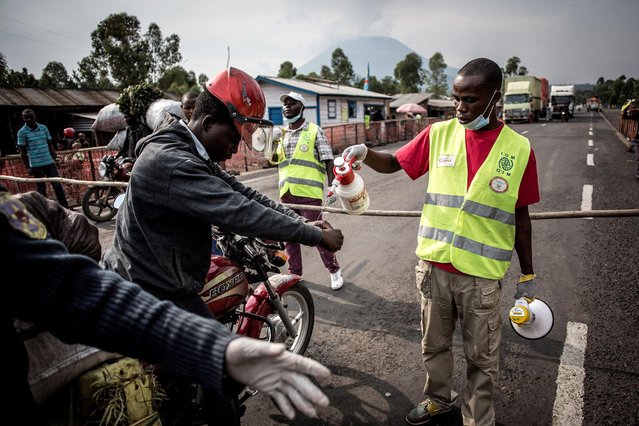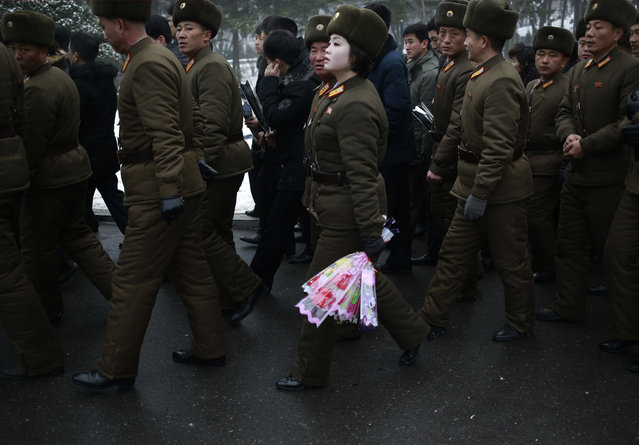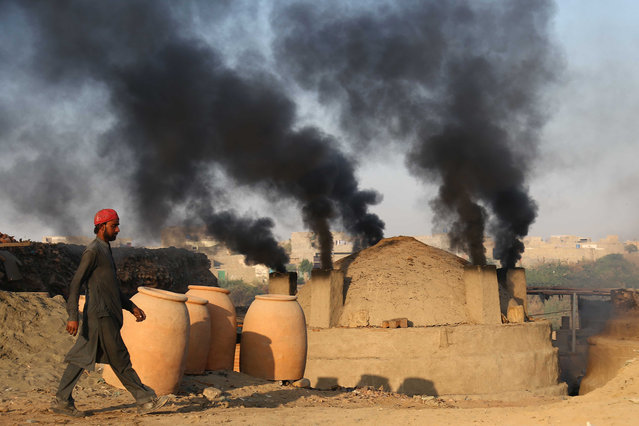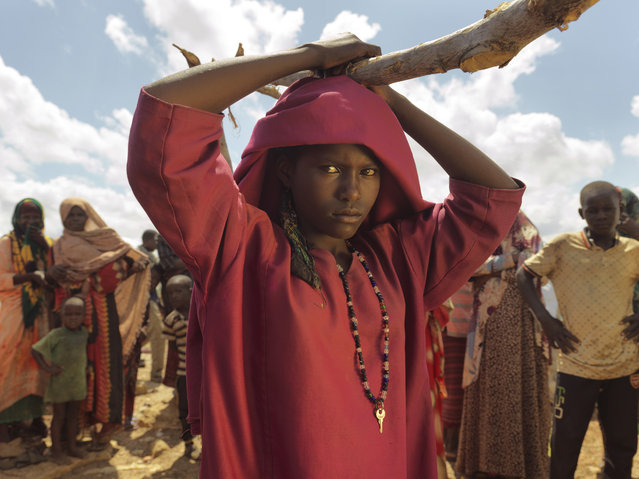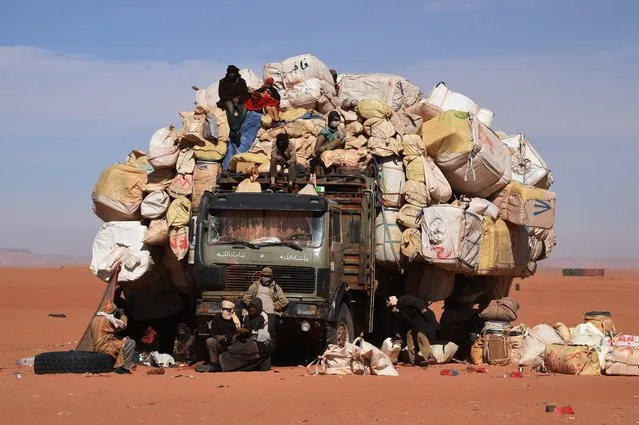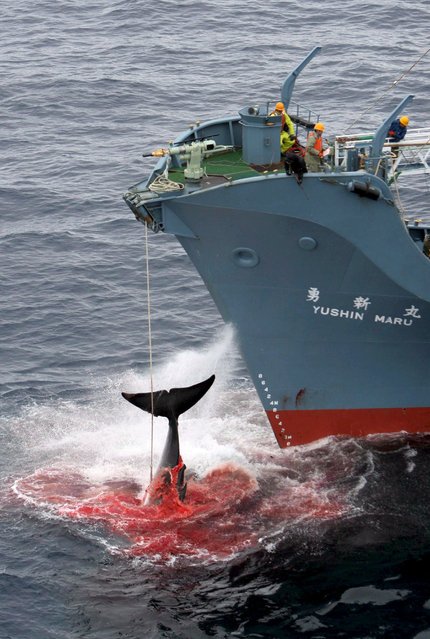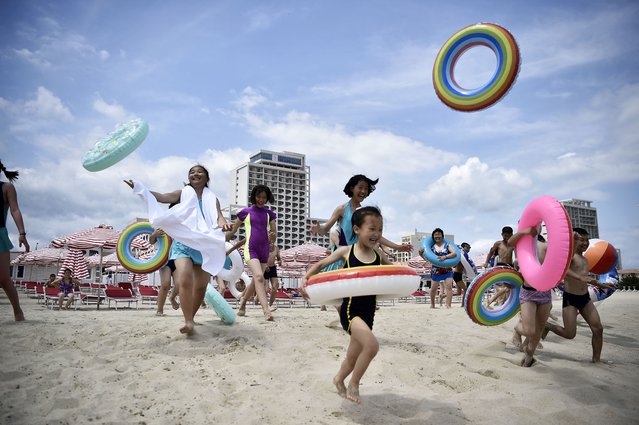
Domestic tourists visit the beach at Wonsan Kalma Coastal Tourist Area in Wonsan, North Korea's Kangwon Province on July 1, 2025. North Korea opened a massive resort area on its east coast, state media said on July 2, with the tourism pet project of leader Kim Jong Un reportedly set to welcome Russian guests later this month. (Photo by Kim Won Jin/AFP Photo)
14 Oct 2025 04:21:00,post received
0 comments

